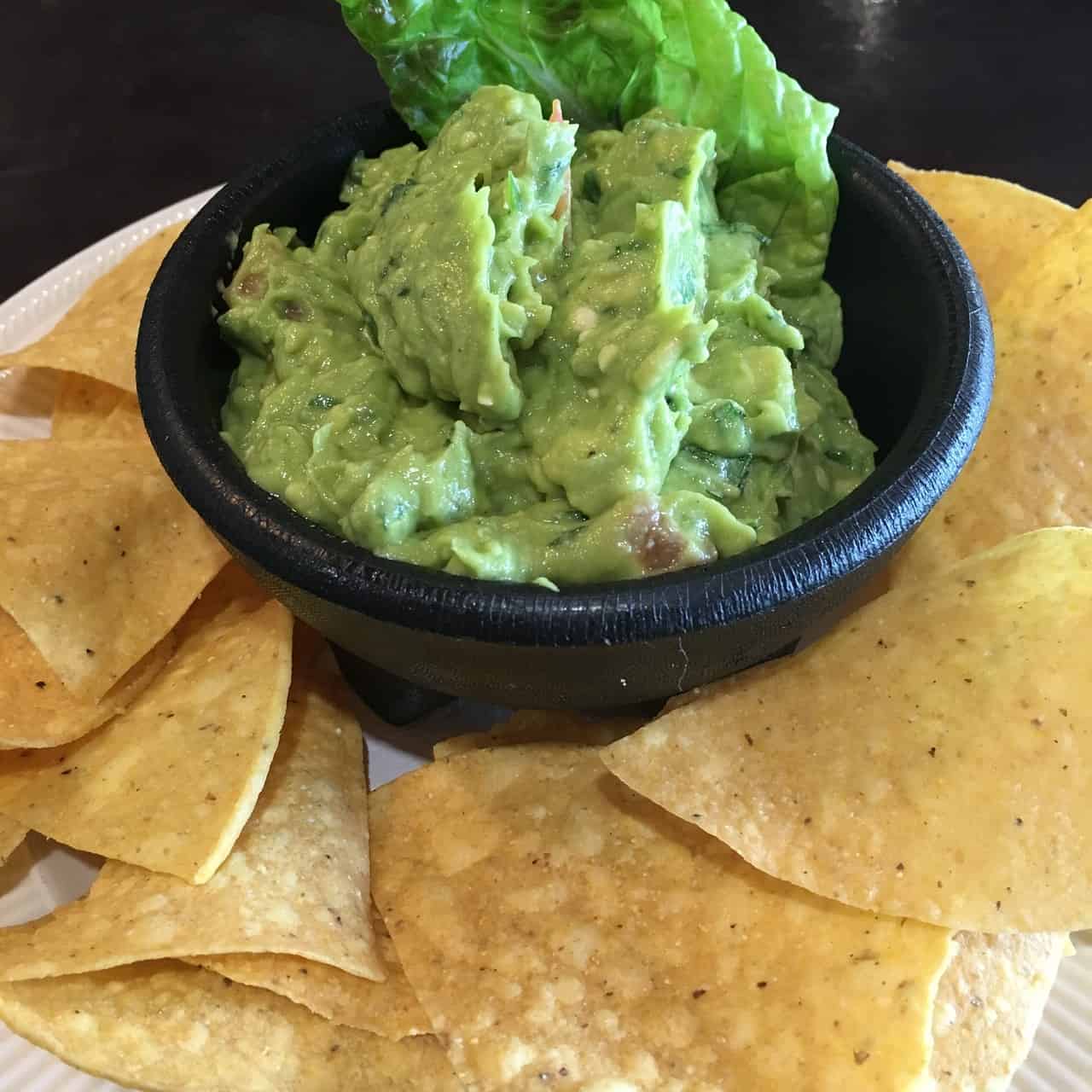Most people only know it as an ingredient in a guacamole or salsa recipe. But did you know it is an excellent herb for your overall health and wellness as well? Although many people don’t know it, there are many benefits of cilantro for your health. This articles goes over the nutritional as well as the medicinal value of this great plant.
Contents
What is Cilantro?
Depending on where you are from, the use of the words cilantro and coriander can be used differently.
Many cultures and recipes use them interchangeably. While others refer to the seeds as coriander and the leaves as cilantro, or coriander leaves.
Regardless, it is not a battle of cilantro vs coriander, they are the same healthy plant that is scientifically known as Coriandrum sativum.
It is a tall, green, leafy plant. And you can eat every part of it. Most people think the leaf has a lemon-lime flavor, while others say it has a soap-like taste. On the other hand, the coriander seeds tend to have a more profound citrus flavor.
A variety of international cuisines including Mexican, Indian, and Southeast Asian dishes use coriander leaves as an ingredient.
Health Benefits of Coriander and Cilantro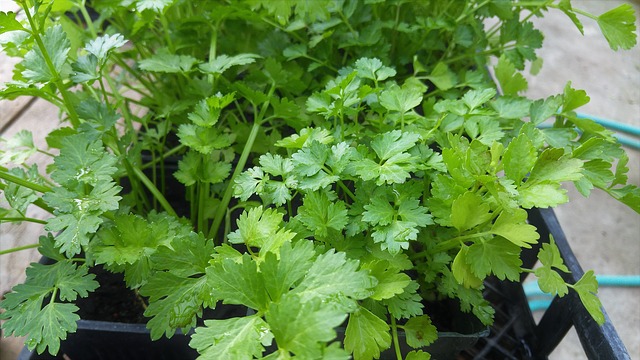
1. Helps the body get rid of heavy metals
Heavy metals such as aluminum, mercury, and lead are toxic to your health. They cause many diseases and illnesses, and in large amounts, they can even cause death.
One important benefit of cilantro is that it has the ability to bind with the heavy metal molecule that is in the body and remove it. A particular study was able to show that scientists were able to decrease the amount of heavy metals present in rod shellfish by soaking them in coriander leaves extract.(2)
Heavy metals also might play a role in hair health. Although there are no scientific studies that support it, some people claim that juicing cilantro leaves can benefit hair health by reversing gray hair and even regrowing hair naturally. This is because heavy metal poisoning might cause gray hair. For further information, check out naturemadecures.com/reverse-hair-loss-naturally-regrow-hair/.
2. Antibacterial
Coriander essential oil has been shown to be useful as a natural antibacterial. In various studies, it appears that the essential oils are able to penetrate the membrane of the bacteria, which leads to the death of the cell.
It is specifically effective against the Escherichia coli and Candida cells.
Other types of essential oils can improve your health and wellness as well. Check out the full article here about other natural essential oil recipes.
3. Anti-Diabetic
Another health benefit is that it has anti-diabetic properties. By helping the pancreas to produce more insulin, cilantro helps the body normalize blood glucose level.
This study goes into the data in higher detail.(1)
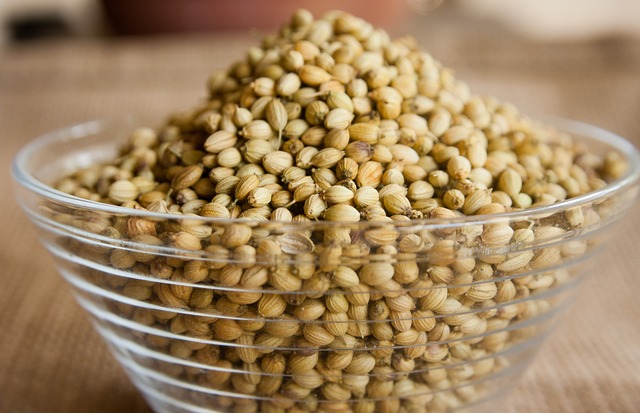 4. Helps Promote Better Sleep By Reducing Anxiety
4. Helps Promote Better Sleep By Reducing Anxiety
Many people turn to prescription medicines such as Valium and Ambien to reduce anxiety and fight insomnia. Unfortunately, these medications can be dangerous due to their side effects.
Iranian traditional medicine uses cilantro as a sleep aid and to reduce anxiety. Studies have confirmed in laboratory mice that it can be as effective as prescription medicines in treating these issues. Lab rats that were given cilantro demonstrated improved quality of sleep and lower levels of anxiety in various studies.
And the best part is that there are health benefits with no side effects!
5. Anti-Inflammatory
Chronic inflammation can lead to digestive issues, heart problems, and even cancer. Supplementing with herbs such as cilantro, turmeric, ginger, and garlic has shown to decrease inflammation throughout the body.
Many Asian countries have a lot of healthy recipes with many of these herbs. For example, Thai foods often combine ginger and coriander which helps to get added inflammation fighting foods. At naturemadecures.com/ginger-root-health-benefits/ you can find out more of the benefits of ginger.
Lowering inflammation helps the body to work more smoothly and reduce the chance of illnesses leading to overall better health.
6. Reduces Cooking Byproducts That Cause Cancer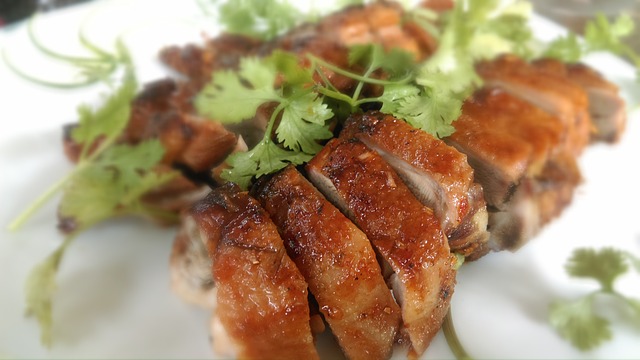
Cooking meat at high temperature causes carcinogenic elements such as Heterocyclic Amines (HCAs) to form. Using fresh cilantro as a spice rub on the meat blocks HCAs from developing.
This can help to reduce the risk of cancer, so go ahead and use it liberally on meats!
7. Filled With Antioxidants And Protects Skin From Damage
The antioxidants Linalool and Quercetin are present in high amounts in cilantro. These antioxidants combat free radicals that create oxidative stress that can lead to many problems in the body. One such problem is premature aging.
A particular study was able to show that supplementation of cilantro was able to protect the skin against from the damage caused by ultraviolet radiation. Not only was it able to decrease the destruction of collagen but also prevented significant signs of skin problems such as wrinkles.(3)
8. Improves Heart Health
Another good benefit of coriander seed is its ability to promote heart health.
It appears to do this in two ways. First, it can lower high blood pressure. Secondly, it also helped to lower cholesterol. Both of these factors are significant contributors to heart disease. So if you are looking to improve your heart health, or just prevent heart disease, cilantro is an important plant that can help you.
Nutrition Facts And Vitamin Content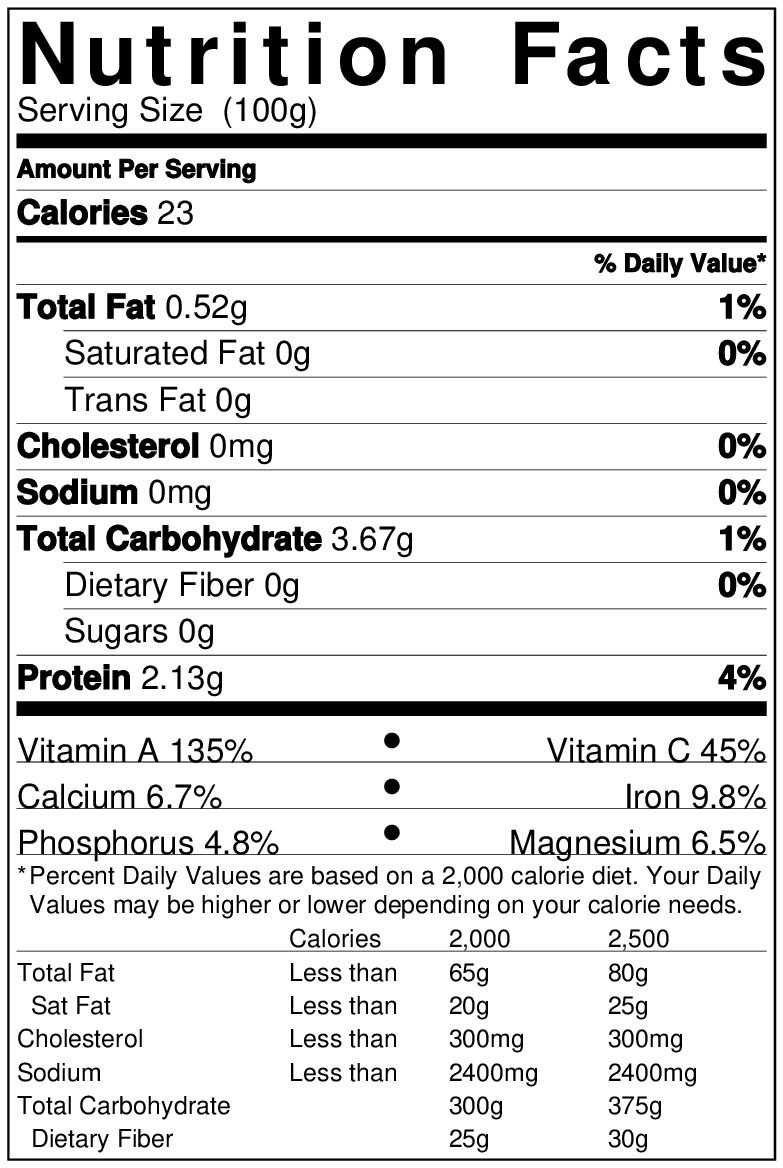
Similar to other leafy green plants, cilantro is mostly made up of water. Per 100 grams or about 3.5 ounces, it only contains 23 calories.
Most notable is that it is high in vitamins and minerals. Potassium, calcium, Vitamin A, Vitamin C, magnesium, and phosphorous are provided in significant amounts.
You can find the complete nutrition information on the USDA website that is located on this page.
How to Incorporate It Into Your Diet
The good news is that since all parts of the coriander plant are edible, it is simple to add to your diet to start improving your health. And since all the parts have different flavors, you can just eat the seeds if you are in the group of people that thinks the leaves taste like soap!
Some people eat the cilantro leaves or the seeds raw and by themselves. Others add them to soups or salads to add different flavors. Also, you can make a tea or juice from the leaves or seeds.
One thing to note is that if a recipe calls for a specific part of the plant, do not substitute another part or it will change the flavor of the recipe. Also, fresh cilantro will lose its flavor the longer you cook it. So when adding it to a soup recipe, for instance, try to add it at the very end to preserve its taste.
Summary
Whether you call it cilantro, coriander, or even Chinese parsley; there is no arguing that Coriandrum Sativum is a plant with a variety of benefits. And because so many international cuisines use the herb, it is easy to add to your diet.
So take a trip to your local supermarket and grab a bunch to start eating today.
The road to better health is done by making better decisions every day. So get creative and try adding it to your favorite recipes, or just eat it raw and natural.
Tell us in the comments how you like you eat your cilantro!
References:
(4) Widhya Aligita, Elis Susilawati, Harini Septiani, Raihana Atsil(2018).“Antidiabetic activity of coriander
(Coriandrum Sativum L) leaves’ ethanolic extract”, International Journal of Pharmaceutical and Phytopharmacological Research, 8(2), pp.59-63.
(5) A Comprehensive Review on Coriander and its Medicinal properties. Ekezie Flora et al., IJSRR 2015, 4(2), 28 – 50
